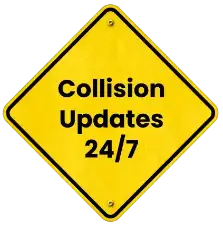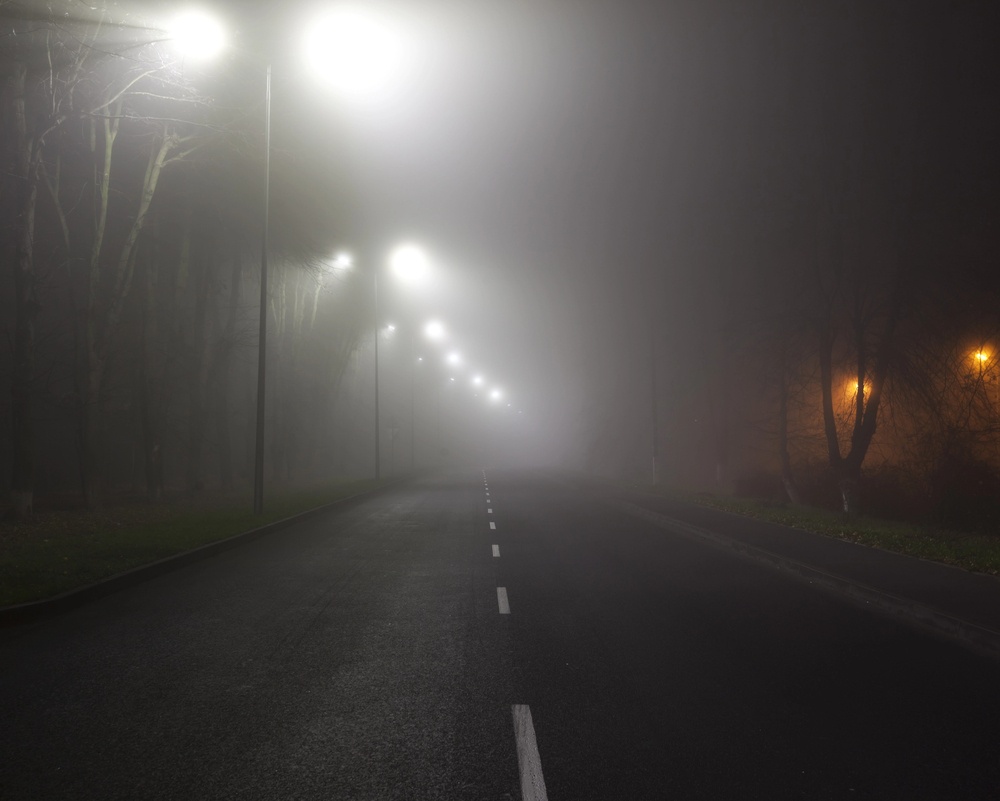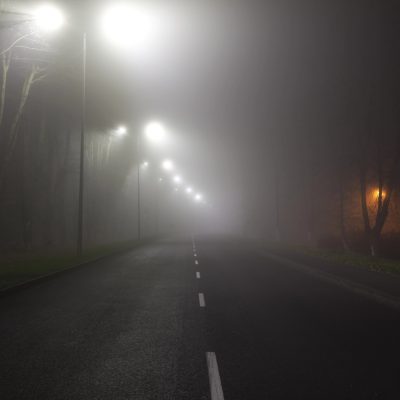
Fog Dangers Unique to I-95


Stretching from Maine to Florida, Interstate 95 (I-95) carries more vehicles daily than almost any other U.S. highway. It connects major cities, forming the spine of East Coast travel. Yet what makes it efficient also makes it perilous when conditions change. When fog settles in, the result can be catastrophic.
Fog can roll in quickly from the Atlantic or coastal wetlands. Morning commuters or long-haul truckers on I-95 often find themselves suddenly engulfed in a dense wall of mist that reduces visibility to a few car lengths. These fog-related accidents on I-95 often result in multi-vehicle pileups, chain-reaction crashes, and severe injuries.
Why Fog Is Especially Dangerous on High-Speed Corridors
Unlike snow or rain, fog creates an invisible danger that drivers often underestimate. The effect is magnified on high-speed corridors like I-95, where vehicles move in dense clusters and reaction time shrinks to mere seconds. According to the Federal Highway Administration (FHWA), more than 38,000 crashes occur each year in fog-related conditions nationwide, leading to over 600 deaths.
Driving through fog presents psychological and physical challenges that even experienced motorists struggle with. Reduced visibility limits a driver’s ability to detect hazards in time, while moisture buildup on windshields and mirrors worsens glare.
The danger multiplies when drivers fail to adjust speed to match visibility. On I-95, where speed limits often exceed 65 mph, a driver may outdrive their sight distance. This mismatch between speed and visibility remains one of the leading contributors to fog-related highway crashes.
Common risk factors for crashes on I-95 include:
- Sudden visibility drops: Thick fog banks can appear abruptly near rivers, coastal inlets, or low-lying valleys.
- Driver overconfidence: Many motorists assume fog is harmless until their stopping distance disappears.
- Tailgating and limited lighting: Following too closely or relying on high beams further reduces visibility.
- Inconsistent lighting and signage: In older sections of I-95, faded lane markings and limited street lighting make it harder to navigate when fog settles in.
When visibility risks increase, the safe response is to reduce speed gradually, turn on low beams or fog lights, and maintain extra distance between vehicles. Stopping abruptly in active lanes should be avoided unless absolutely necessary.
Regions and Conditions That Amplify Fog Risks on I-95
I-95 crosses diverse landscapes, from coastal wetlands to industrial corridors, and certain regions are particularly prone to recurring fog events that intensify the danger. In southeastern Virginia and North Carolina, moist air from the Atlantic and nearby rivers frequently blankets the highway before sunrise, reducing visibility without warning.
Further south, South Carolina’s Lowcountry experiences persistent morning fog patches caused by swampy terrain and fluctuating temperatures. Northern Florida also faces dense radiation fog during winter months, formed by cool nights and warm days, often lingering well into mid-morning and catching early commuters off guard.
In New England, cold ocean air colliding with warmer inland temperatures produces advection fog that can spread for miles. These localized weather patterns mean that even short trips along I-95 can expose drivers to multiple visibility zones. Drivers unfamiliar with these shifts often fail to adjust speed or spacing quickly enough, setting off chain reactions typical of large-scale fog-related accidents.
What to Do If You Encounter Fog or a Visibility-Related Crash
When thick fog hits, safety begins with composure. If visibility drops suddenly, ease off the accelerator smoothly. Switch to low-beam headlights and fog lights if available; high beams scatter light and make it harder to see.
If conditions become too dangerous to continue, pull entirely onto the right shoulder and activate hazard lights. Keep your seatbelt fastened and remain inside the vehicle until it’s safe to proceed. Avoid stopping in travel lanes, as drivers behind you may not see your vehicle in time to avoid a collision.
If you are involved in a crash, first check for injuries and call 911 immediately. Provide dispatchers with your direction of travel, nearest mile marker, and a description of the weather conditions. Once the scene is secure, take photos from inside your vehicle to document fog density, lighting conditions, and positions of all vehicles. This evidence is critical for determining fault and insurance responsibility.
How Insurance Handles Fog-Related Collisions
Insurance claims from fog-related crashes can be complicated, especially when multiple vehicles are involved. Insurers often classify these incidents as visibility risks highway cases, where responsibility depends on whether drivers took reasonable precautions given the weather.
For example, a driver who maintained highway speeds despite near-zero visibility may still be considered at fault even if the weather contributed. Comprehensive or collision coverage will typically handle repairs, but insurers may investigate whether negligence played a role. Keeping documentation helps ensure fair claim resolution.
In large pileups, insurers frequently work together to assess liability among multiple drivers. In these situations, an experienced car accident attorney familiar with multi-vehicle collisions can help victims navigate the process, protect their rights, and recover damages.
Reducing Visibility Risks and Preventing Fog Accidents on I-95
Avoiding fog accidents on I-95 begins with awareness and preparation. Before driving, check regional forecasts and highway advisories for visibility warnings. The National Weather Service (NWS) provides up-to-date dense fog advisories and real-time hazard alerts along major U.S. corridors.
Drivers should:
- Use low-beam or fog lights only.
- Double following distances and anticipate braking early.
- Stay centered within your lane by referencing pavement markings.
- Avoid passing or changing lanes unless absolutely necessary.
- Use windshield defrosters and wipers to maintain visibility.
Slowing down and staying calm are the simplest and most effective safety measures.
Protect your Rights after a Fog-Related Crash on I-95
I-95’s speed, traffic density, and geography make it one of the most vulnerable highways to fog-related crashes on the East Coast. Whether you’re a commuter, trucker, or family driver, recognizing visibility limitations and adjusting behavior accordingly can save lives.
If you or a loved one has been injured in a fog-related collision on I-95, you don’t have to navigate the aftermath alone. We can put you in touch with an experienced I-95 car accident attorney who can help manage insurance complexities, gather critical weather evidence, and advocate for your recovery.
